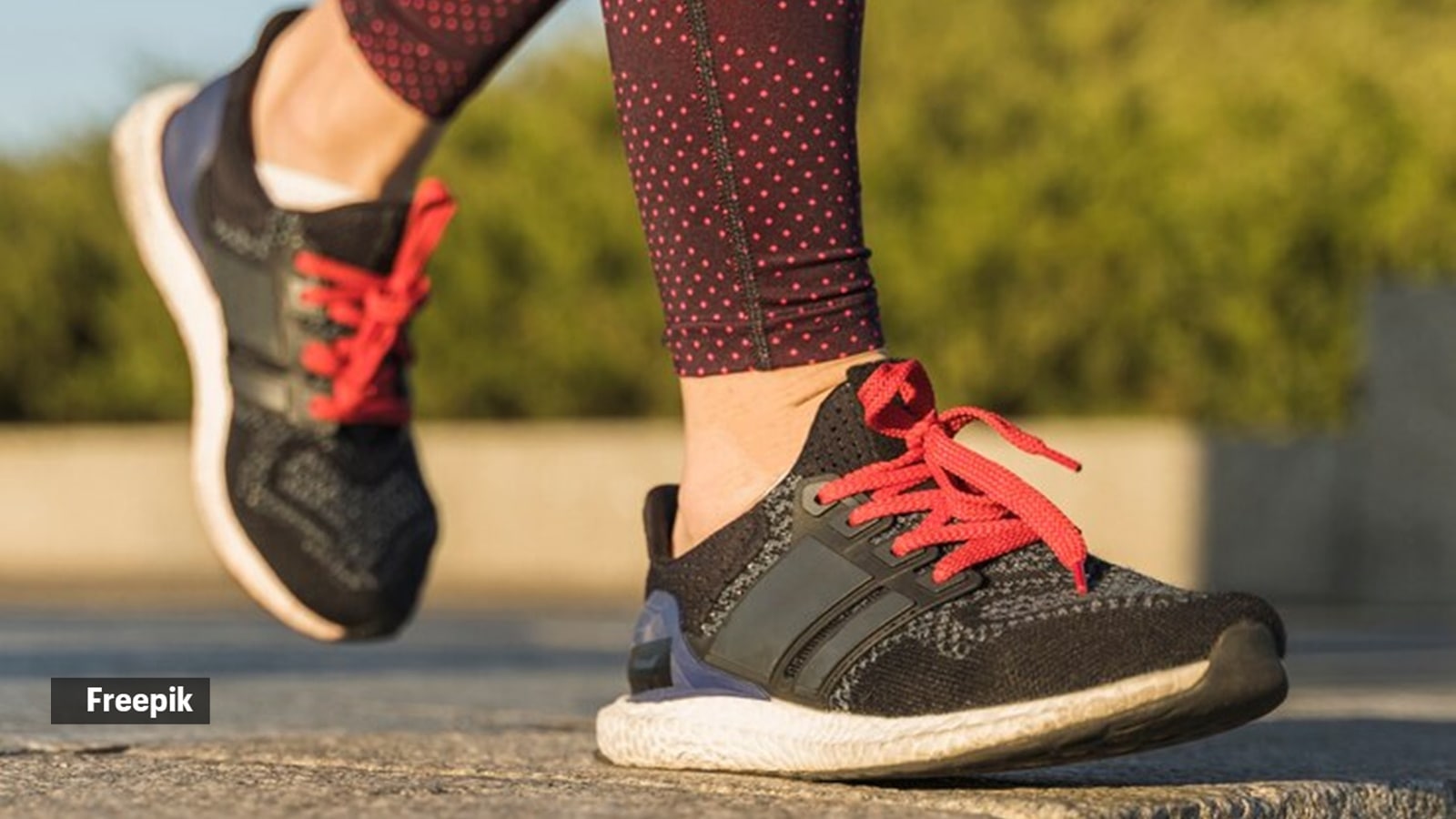Sneakers vs. Walking Shoes: The Shocking Comfort Showdown You Never Knew Existed!

Sneakers vs. Walking Shoes: Choosing the Perfect Footwear for Your Comfort
When it comes to selecting the right footwear, understanding the nuanced differences between sneakers and walking shoes can make a world of difference in your comfort and performance. While they might look similar at first glance, these two types of shoes are designed with distinct purposes and features that cater to specific movement patterns and activities.
Cushioning and Support
Walking shoes are engineered with specialized cushioning that focuses on providing consistent support throughout your stride. Unlike athletic sneakers, which often have more pronounced cushioning in specific areas, walking shoes distribute pressure more evenly across the entire foot. This design helps reduce fatigue and provides superior comfort during extended walking sessions.
Flexibility and Heel Design
The heel drop and flexibility are critical distinguishing factors. Walking shoes typically feature a lower heel-to-toe drop and more rigid construction, promoting a smooth heel-to-toe transition. Sneakers, in contrast, often have a higher heel drop and more flexible design, catering to dynamic movements like running and quick directional changes.
Intended Use and Performance
Your choice should ultimately depend on your primary activity. If you're planning long walks, dedicated walking shoes will offer optimal comfort and support. For more varied athletic activities or casual wear, versatile sneakers might be the better option. Understanding these differences ensures you select footwear that not only looks great but also supports your specific movement needs.








